As October comes to a close, we’re filled with excitement as we prepare for our upcoming exhibition, Japandi Revisited: shared aesthetics and influences, opening December 7, 2024, and running through January 25, 2025 at the Wayne Art Center in Wayne, Pennsylvania Three years ago, we curated a fascinating exhibition at browngrotta arts that delved into the inspirations shared by artists in Japan and Scandinavian countries—Sweden, Finland, Norway, and Denmark. The stories and artistic references we uncovered were so compelling that we decided to revisit this rich dialogue this winter at the Wayne Art Center. We can’t wait to share these insights with you!
Throughout October, our New This Week series introduced an array of talented artists, including Ed Rossbach, Norma Minkowitz, Laura Thomas, and Noriko Takamiya. We’re thrilled to showcase their remarkable contributions and invite you to explore their extraordinary work.
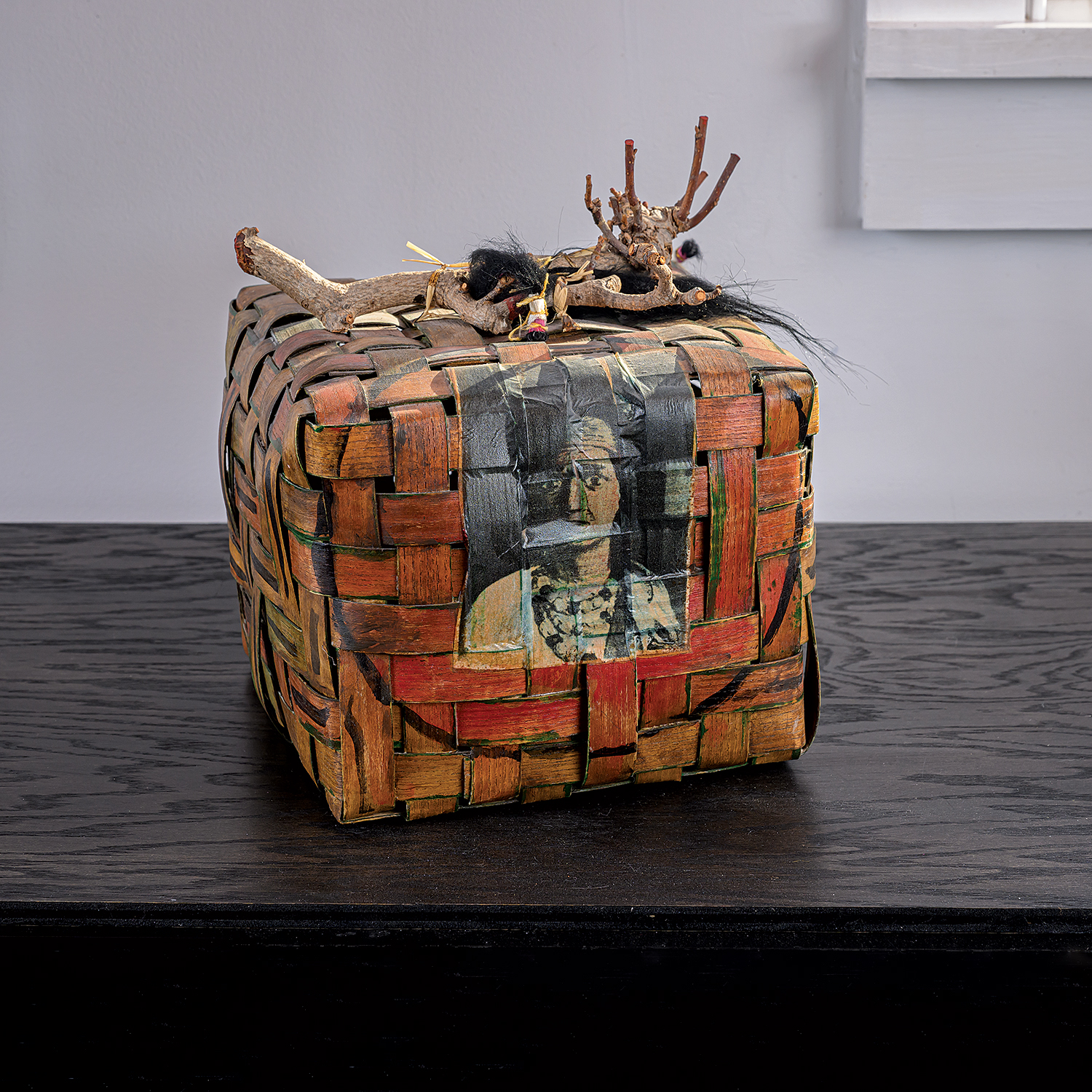
Ed Rossbach kicked off the month with his iconic sculptures that meld traditional techniques with innovative materials. Renowned as an imaginative and adept weaver, Rossbach is celebrated for his pioneering role in transforming basketry into a sculptural art form.
Rossbach expertly combines ancient weaving techniques with unorthodox materials, such as plastics and newspaper, challenging the boundaries of traditional craft. Additionally, his work often incorporates unconventional imagery and pop culture references, reflecting his innovative spirit and cultural commentary. With an eye for detail and a commitment to experimentation, Rossbach’s pieces are not only visually striking but also carry notable cultural significance.
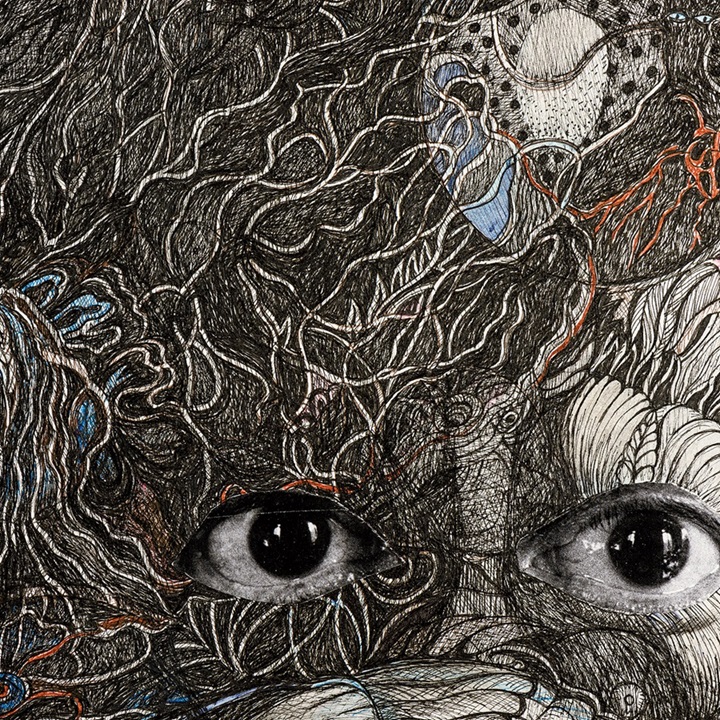
pen and ink drawing, 20.25” x 16.25” x 1.5”, 2014. Photo by Tom Grotta.
Next, we featured the talented artist Norma Minkowitz, known for her innovative approach to crocheted, interlaced sculptures that are stiffened into hard mesh-like structures. For many years, Minkowitz has been exploring these techniques, achieving both structure and surface simultaneously. Minkowitz has studied drawing. In addition to “sketching” in crochet, she creates highly detailed collages with intricate drawing combined with pop and other images, like Picasso’s eyes in The Seekers.
A Fellow of the American Craft Council, Minkowitz’s work is held in numerous prestigious collections, including the Metropolitan Museum of Art and the Smithsonian American Art Museum. We hope you enjoyed her work as much as we do!
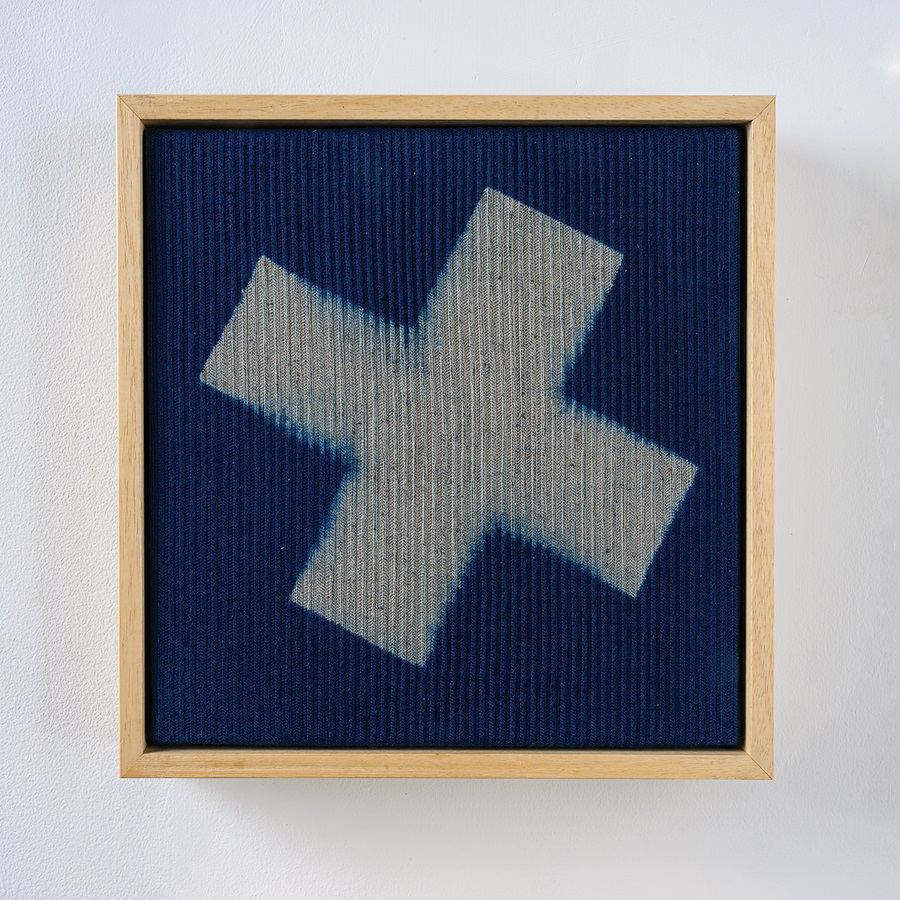
Following Minkowitz, we turned our spotlight to artist Laura Thomas, known for her innovative approach to contemporary textiles. Since her first experience of weaving in 1996, Thomas has been thoroughly absorbed by its infinite scope for exploration and experimentation. She established her studio practice in South Wales in 2004 and has worked on a diverse range of projects, spanning public art, commercial textile design, curation, artist residencies, and creating work for exhibitions.
Thomas’s multi-faceted approach sets her apart in the woven textiles sphere, making her a distinctive voice in contemporary textile art.
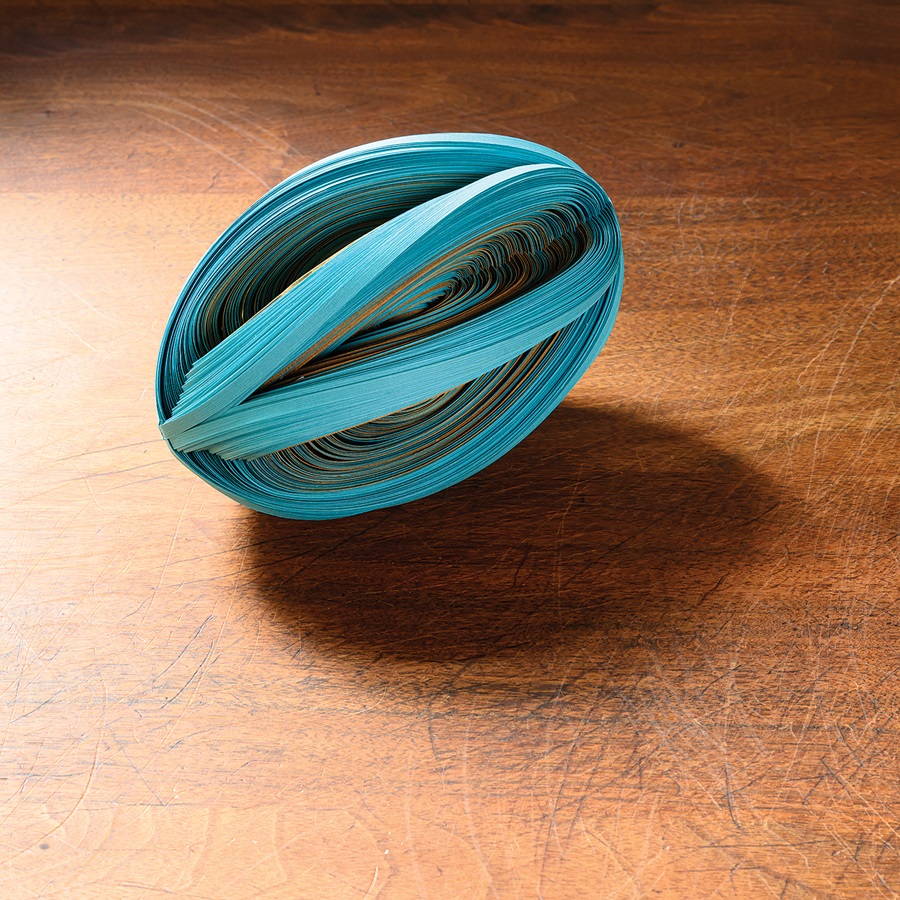
Lastly, we showcased Noriko Takamiya, celebrated for her contemporary take on traditional Japanese basketmaking techniques. Takamiya’s practice is a captivating blend of experimentation and refinement, as she explores various weaving methods using materials such as wood splint, ramie, rice straw, and paper.
Her work often features non-vessel forms that highlight the unique interplay between structure and material. Takamiya is a member of a distinguished group of innovative basketmakers, inspired by Hisako Sekijima’s pioneering basket technology, which has evolved into a new method of three-dimensional modeling. This influential group has held an annual basketry exhibition since 1986, continually pushing the boundaries of basketry and significantly contributing to the field.
As we wrap up October, we’re grateful for your continued support and interest in our artists. Stay tuned for more exciting updates as we approach the opening of Japandi Revisited and keep exploring the incredible world of textile art!
Thank you for following along with our latest features and updates. Don’t forget to reserve your spot for the upcoming exhibition, and we look forward to sharing more details soon!

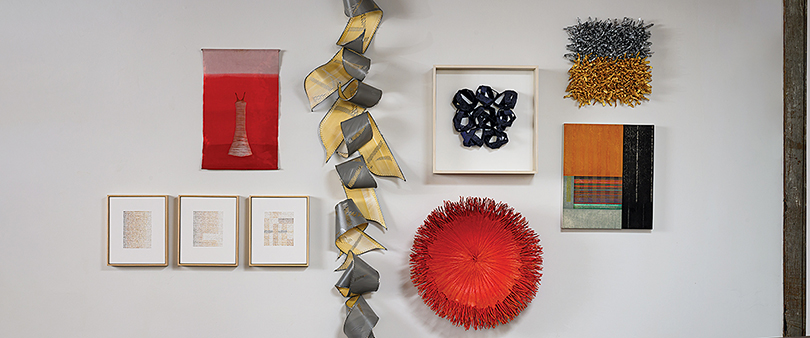
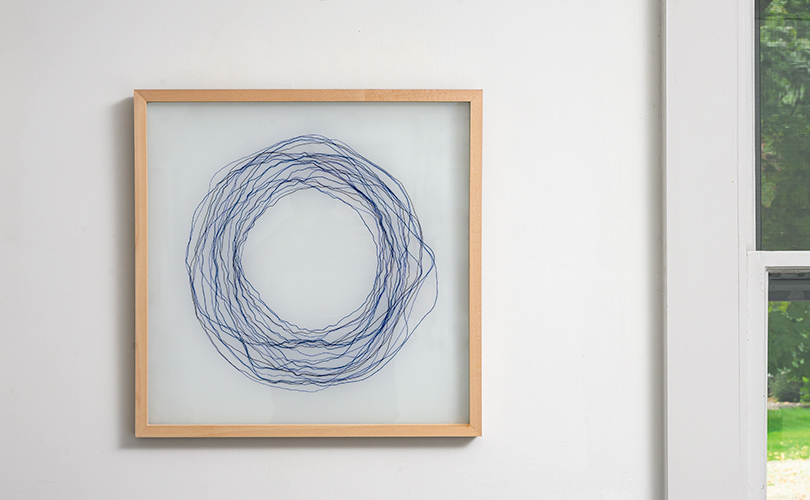
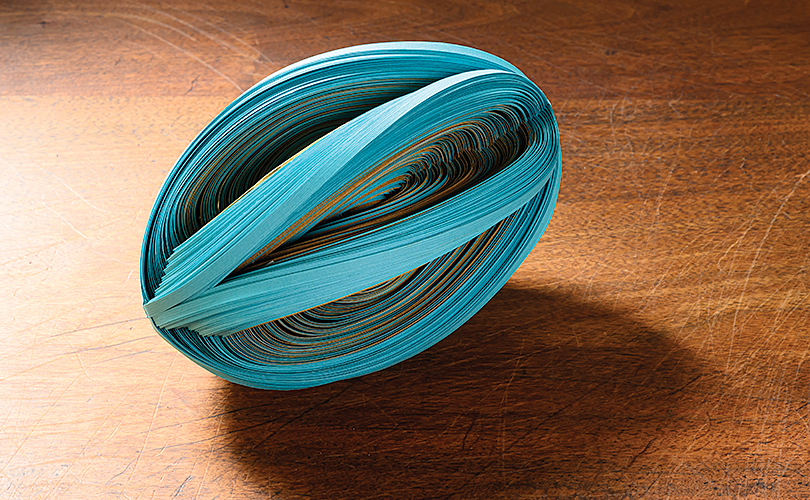
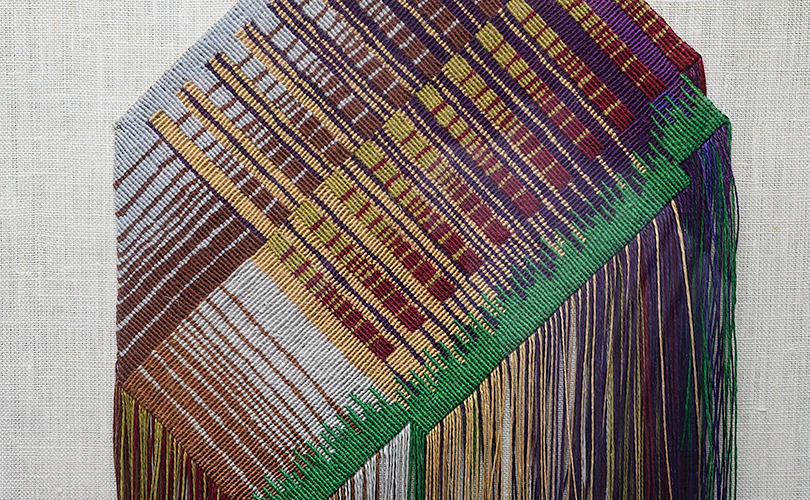

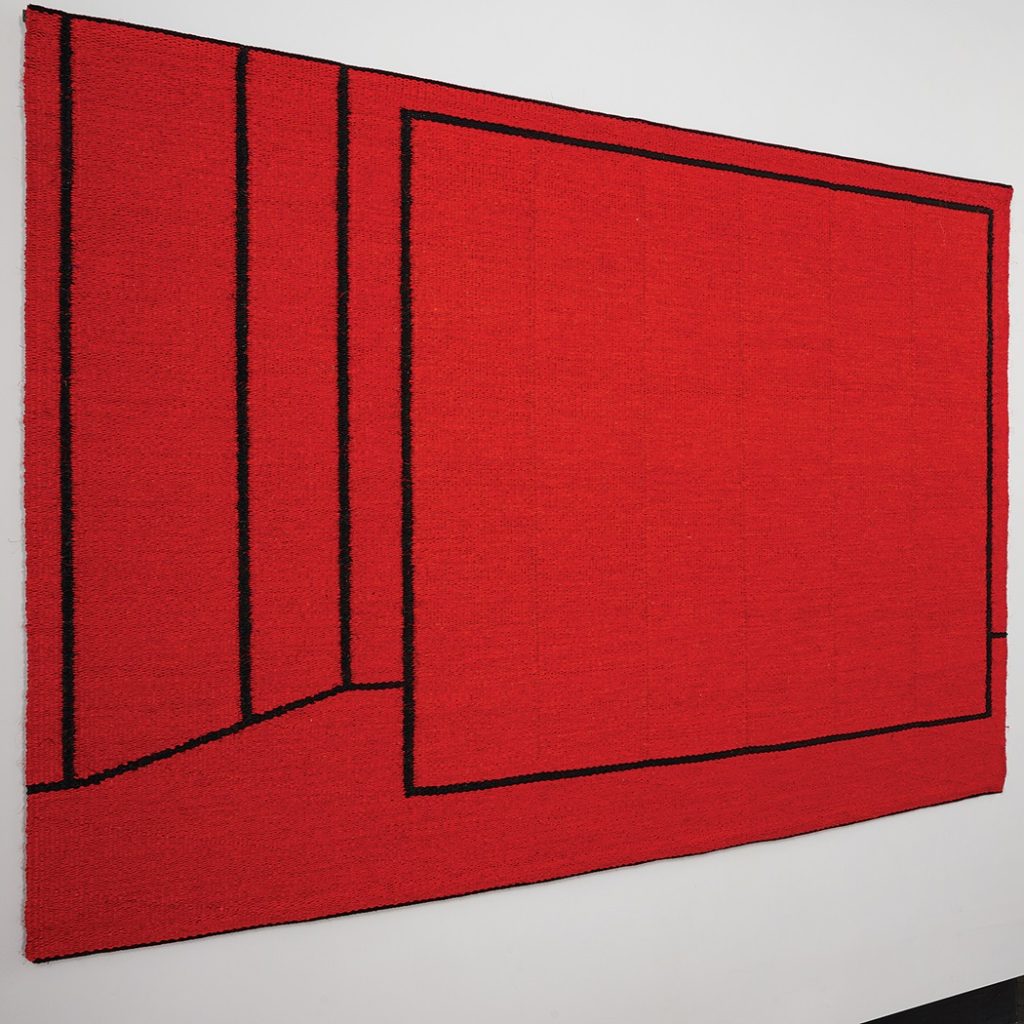
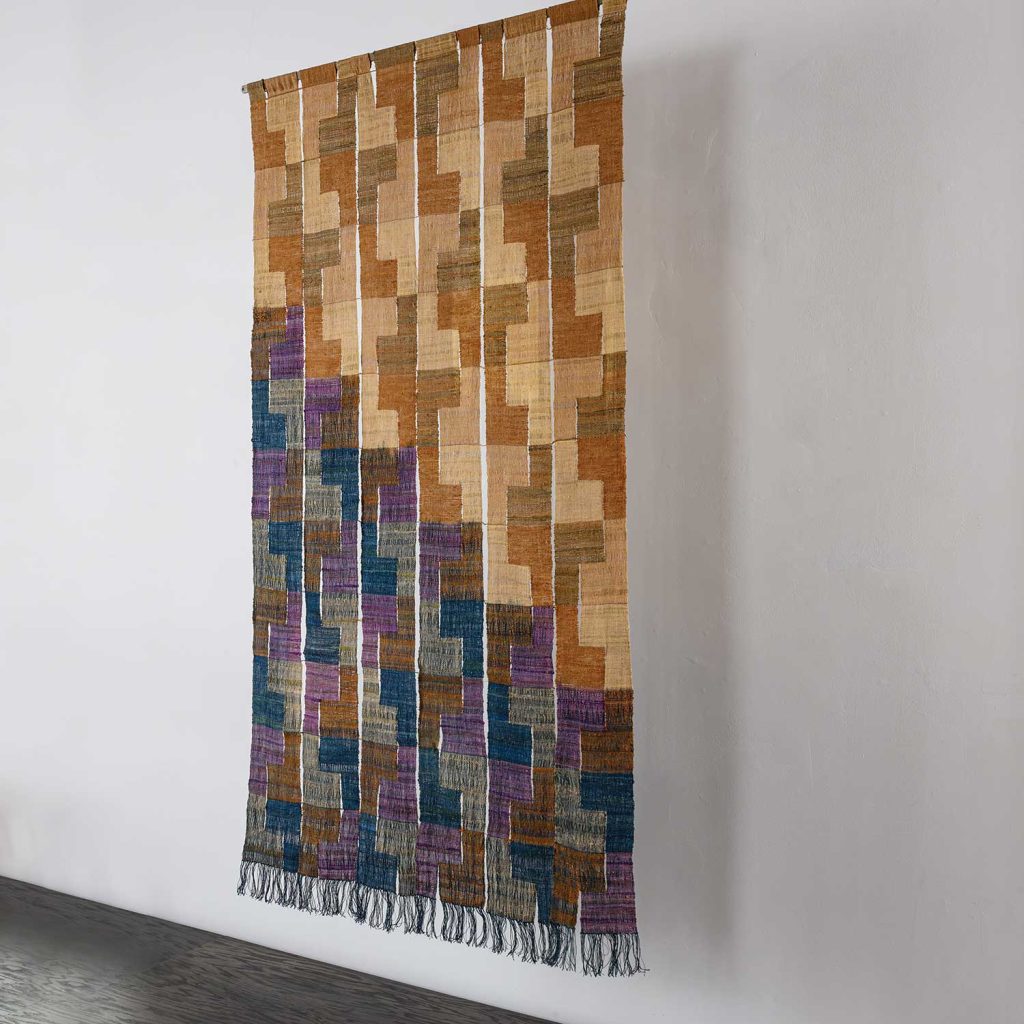
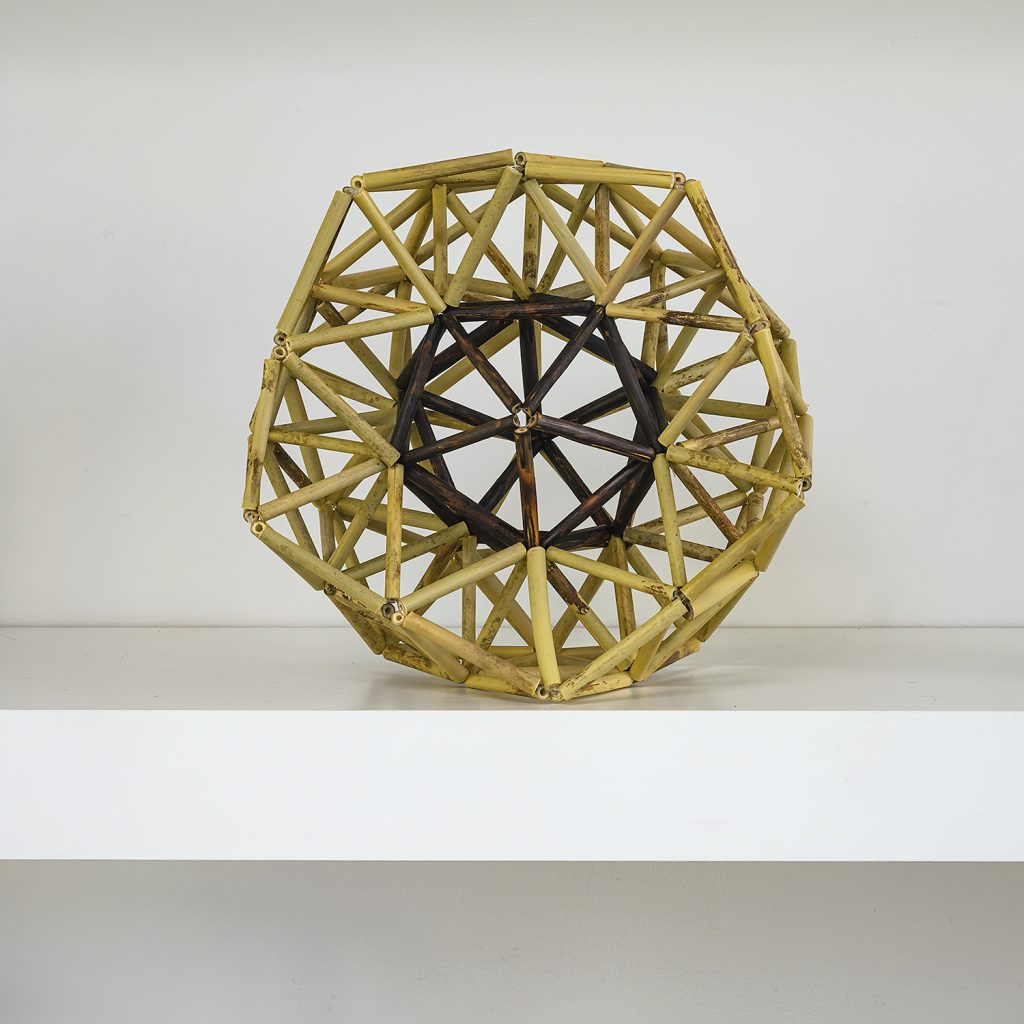
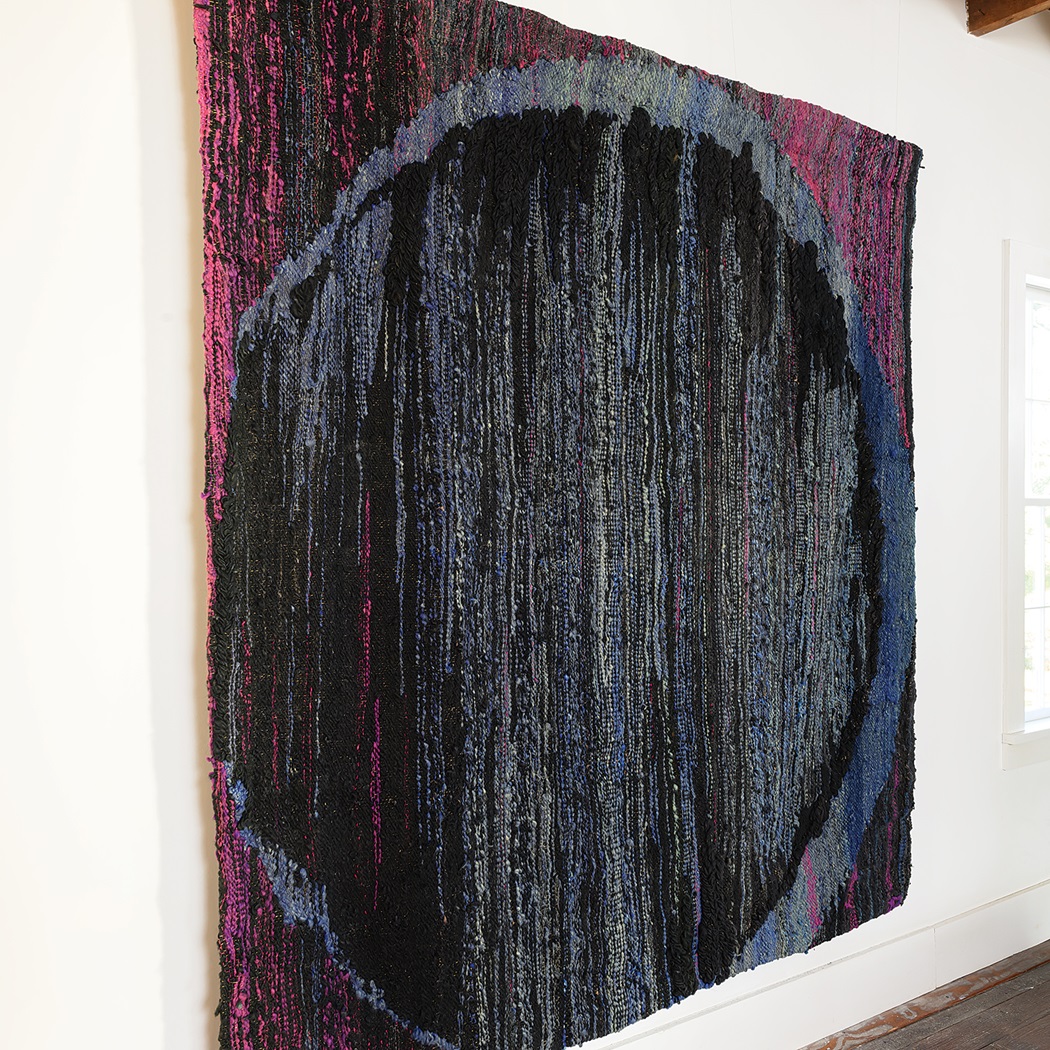
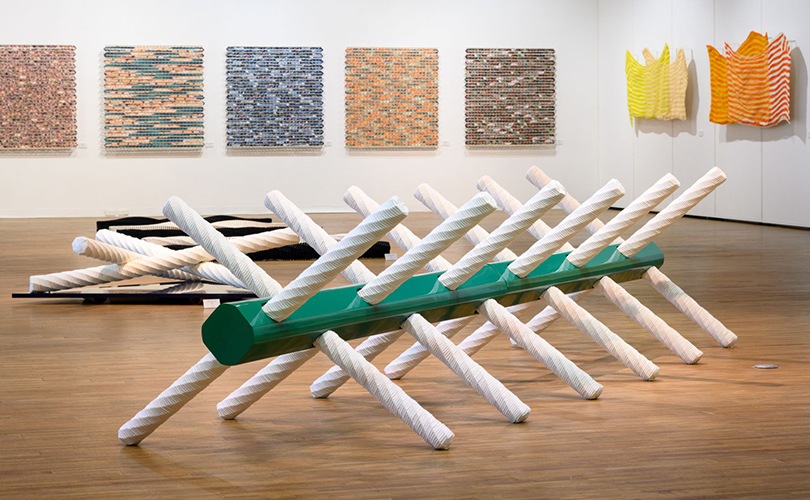
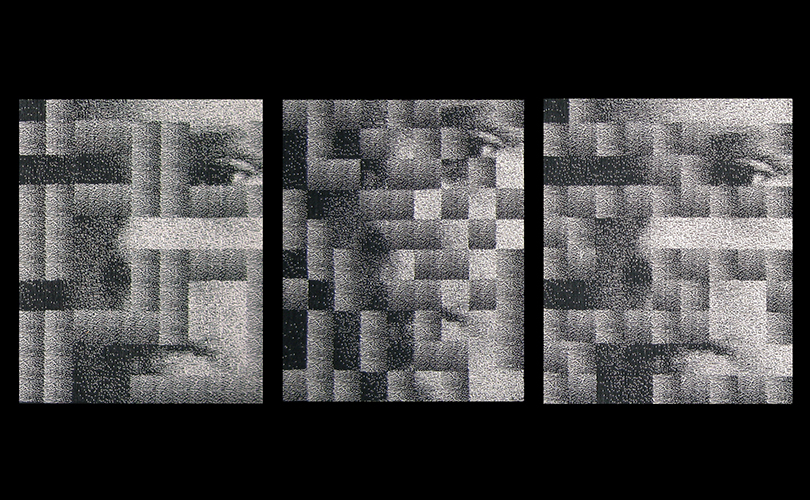
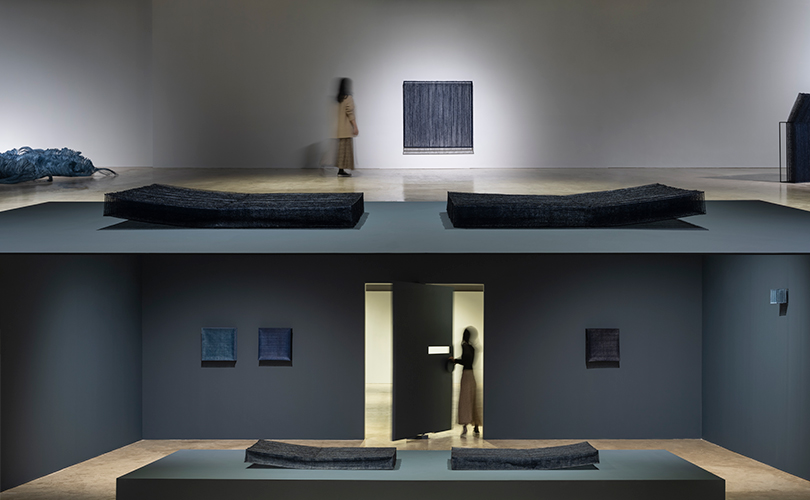
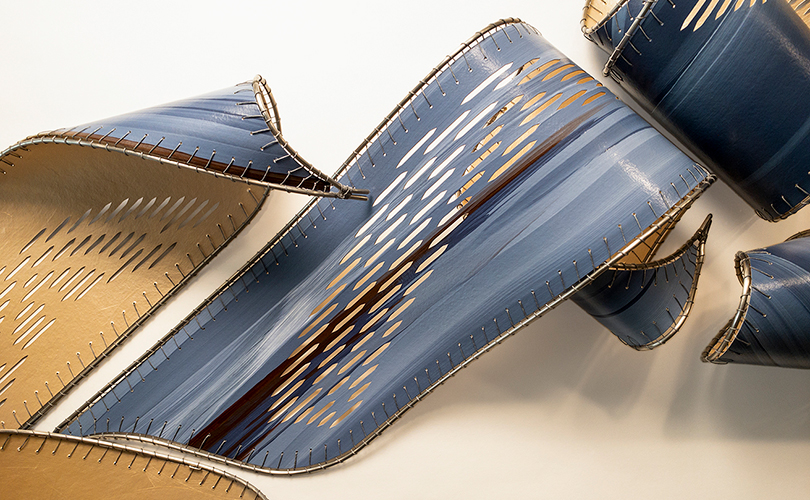




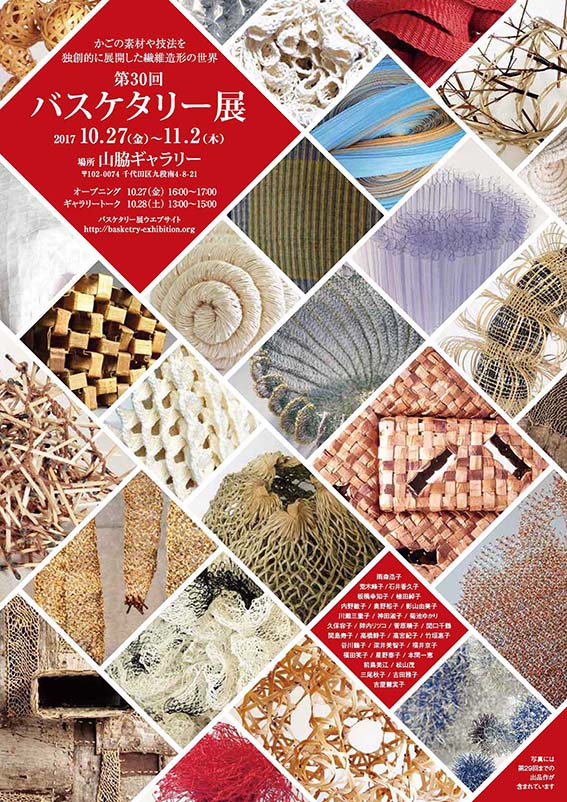
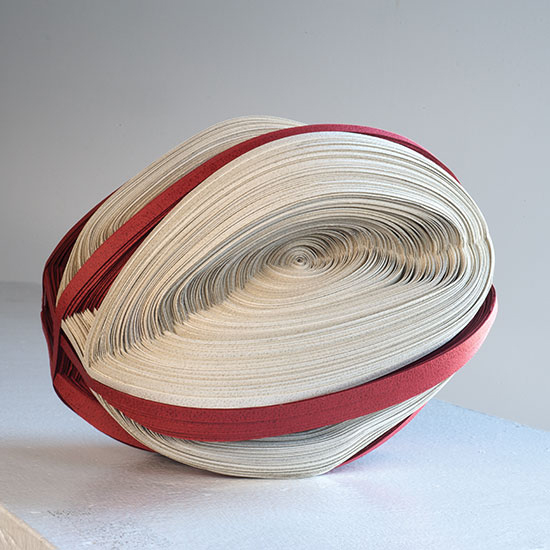
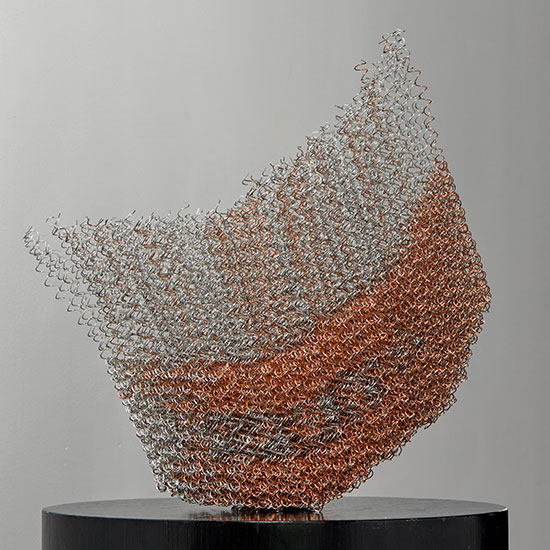
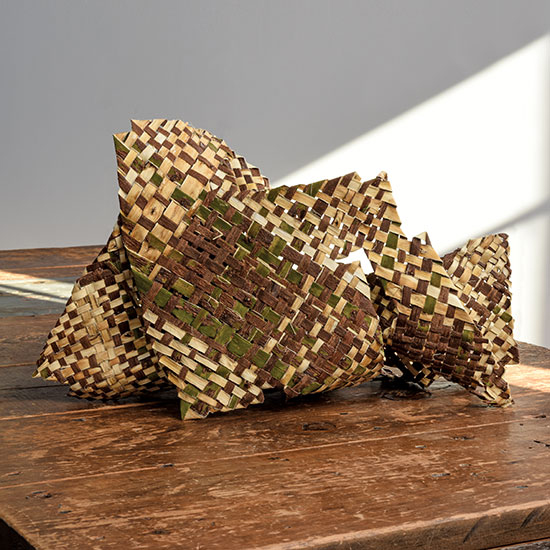
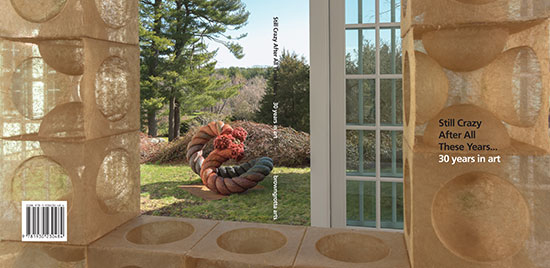
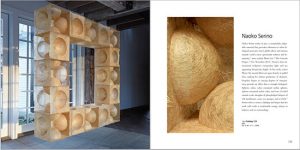
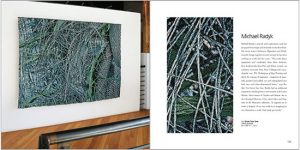
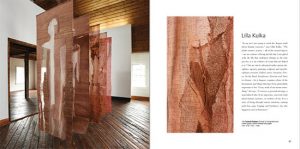
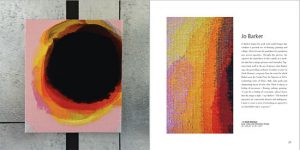

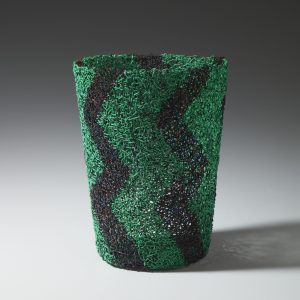
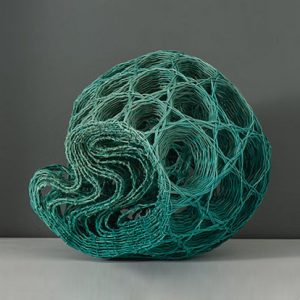
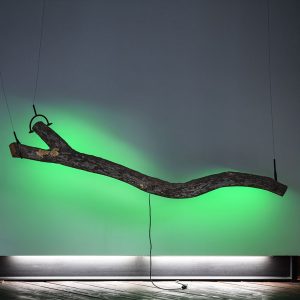
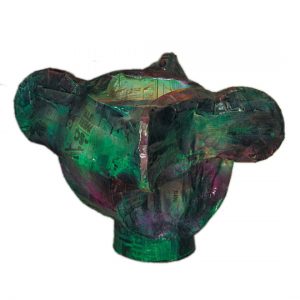
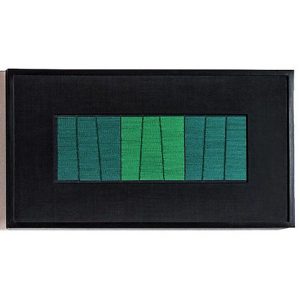
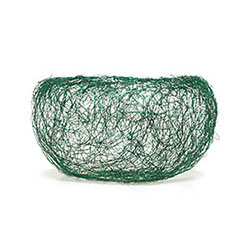
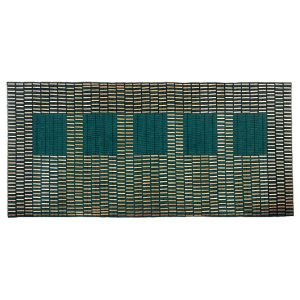
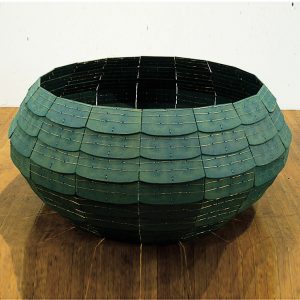
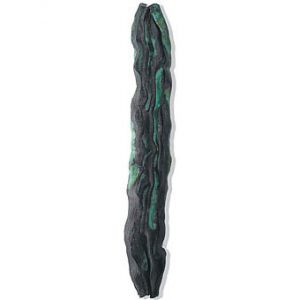
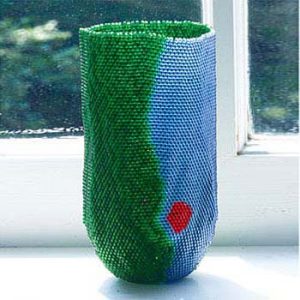
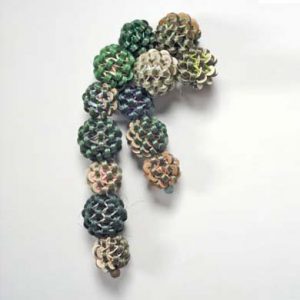
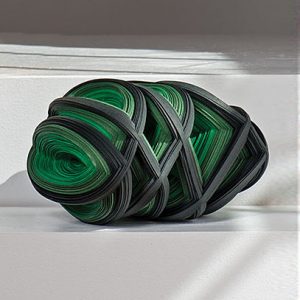
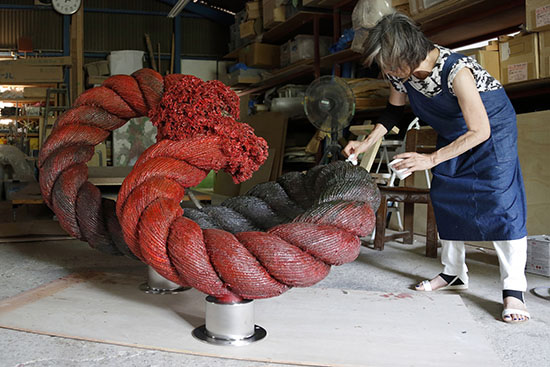
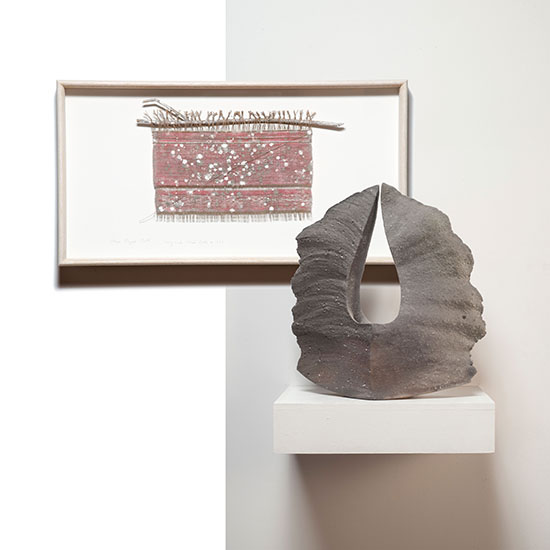
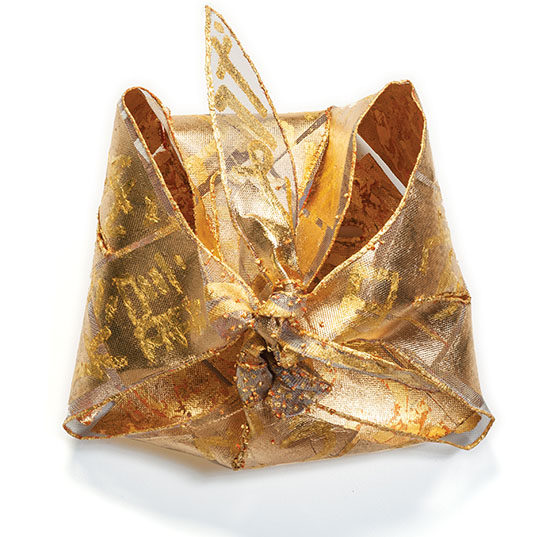
Press Notes: browngrotta arts in the news
July cover of selvedge magazine
We are excited to be featured in the July issue of selvedge magazine. We have long been fans of the UK magazine, which is artfully designed with lush photos and creative illustrations, and, like browngrotta arts, economical in its use of capital letters. We have a large collection of back issues, stockpiled for reference and inspiration.
Issue 10
A ROCK AND A SLOW PACE: Sue Lawty Interview
MUTUAL ADMIRATION: Bamboo has inspired artists worldwide by Nancy Moore Bess
Issue 10 was a particular favorite, not surprisingly, with an insightful profile of Sue Lawty, “A rock and a slow pace” followed by an update on bamboo artwork by Nancy Moore Bess, “Mutual Admiration: Bamboo Has Inspired Artists Worldwide.” But we also loved the piece on fashion drawings in the letters of Jane Austen, “Detailed statements” in the Romance issue (34) and the introduction to Indian embroidery in Issue 00. The magazine is a great source of information about what’s current and what’s past in textile art and design, interiors, fashion — around the world. Founded by Polly Leonard in 2003, selvedge is intentionally produced “with the time, thought and skill” required in textile practice. The magazine ably succeeds in its aim of “see[ing] the world through a textile lens, but cast[ing] our eye far and wide looking for links between our subject and achievements in other fields from architecture to archeology”— in this case, as far as Wilton, Connecticut.
page 31 July Selvedge magazine. Pictured works by Lia Cook, Marian Bijlenga, Sara Brennan, Kay Sekimachi, Noriko Takamiya, Nancy Moore Bess, Keiji Nio, Birgit Birkkjaer, Lenore Tawney
As we were preparing our Of Two Minds: Artists Who Do Two of a Kind exhibition in 2014, selvedge sent Rhonda Sonnenberg to interview us for a piece. Sonnenberg has written about fiber artists for some time, including Kate Anderson, Lisa Kokin and Fran Gardner, and we’ve talked shop with her at SOFAs in years past. Over the couple of hours she was in Wilton, we discussed with her the changes we have seen in the field in our two-dozen plus years promoting art textiles and we talked about some of the artists we were watching with interest. The conversation was a good prelude to our show that followed in 2015, Influence and Evolution: Fiber Sculpture…then and now, in which we highlighted work by 15 of the newer-to-the field artists whose work we admire. The selvedge article, “Consuming Fibre,” features photographs of work by many browngrotta artists. You can buy a copy online, through the Selvedge store at: http://www.selvedge.org.